Puli, a major township in Nantou County, lying close to the geographic center of Taiwan, is one of the gateways to the Central Mountain Range. Less than a hundred years ago, the place was exclusively inhabited by aborigines, who were subsequently pushed into the mountains by immigrants attracted by the fertile soil and beautiful scenery.
Linked with the west coast railway and the Sun Yat-sen Freeway at Taichung, Puli is the door to the scenic Sun Moon Lake, Wushe, Lushan and Mt. Hohuan. It is said that the area where Puli now lies was once occupied by a lake, which dried up into a basin. Because water in the area is extraordinarily pure, Puli was chosen as the production center for the rice-based shaohsing wine, the name of which was borrowed from a city in Chekiang province on the Chinese mainland, which is best known for this type of liquor.
Situated about 700 meters above sea level, Puli has a bracing climate and luxuriant forests and vegetation, which provide a particularly suitable environment for butterflies.
Boasting more than 400 species, Taiwan has been dubbed the "butterfly kingdom," with Puli as its "capital." The town is frequented by butterfly specialists and collectors, many of them from abroad. The thriving butterfly industry in Puli has been described in many publications, including the Reader's Digest.
The town has a number of butterfly handicraft shops, the most prestigious of which is the Musheng Insect Research Center. There, parts of butterfly wings are pasted into montages known as butterfly "paintings" to be made into tea cushions, ashtrays and many other articles.
The Musheng Center has more than 20,000 butterflies on display, all made by Yu Ching-chin and his father, Yu Mu-sheng. The elder Yu received little formal education, but his profound knowledge of butterflies has made him so respected by the people that he has been given the title of "doctor without a degree."
The prosperous butterfly industry has provided jobs for tens of thousands of people. During the production season, butterfly catchers can be seen everywhere in the mountains, valleys and fields, leading people to worry that sooner or later butterflies will disappear from Taiwan.
Yu Ching-chin dismisses this notion. "Except in the case of a few rare species, the population of butterflies will not be affected by the expansion of the butterfly industry, since butterflies only live for as little as two weeks. They disappear quickly even if no one catches them," Yu said.
Yu, however, is worried about the indiscriminate use of insecticides by farmers, and the large-scale felling of trees. "These together will deprive the butterflies of their food and habitat," he warned.
In addition to its pleasant climate, Puli is blessed with the fertile soil in which high-quality sugar cane, vegetables and flowers grow readily.
The popular red-skin sugar cane produced in Puli can be eaten fresh because of its straight, long, crisp and juicy sections. In summer, the sugar cane is pressed into a drink, which is popular in the cities, while in winter, it is roasted before eating.
Another famous Puli farm product is water asparagus, whose quality is improved by the sweet water in which it grows. Large quantities of the vegetable are airfreighted to Okinawa by a cooperative organized by growers, so that pennywise farmers can enjoy all the fruits of their toil.
Apart from red-skin sugar cane, water asparagus and rice, a new crop has been added to the list of those grown in Puli--chrysanthemums.
The crop was first grown in Puli in 1974, when the local farmers' association organized 10 of its members into a "chrysanthemum study group." From an initial planting of l.5 hectares (about 4 acres) the area devoted to the flower has increased to about 30 hectares.
The chrysanthemums grown in Puli have large blooms and long straight stems, which are preferred on the market. The standard length of the stem is 85 cm, and the flowering period is regulated to the requirement of foreign customers, who are mostly Japanese. Growers use the light from 100-watt bulbs to defer the blooming of the plant until its stem has reached the required length. Chrysanthemums are in short supply on the Japanese market between December and March, which coincides with the harvest period in Puli. Normally, a hectare of land (2.6 acres) can produce 250,000 flowers, which are sold at US$0.06 apiece. Growers wrap the flowers, 10 pieces to a bunch, with locally-made soft paper and then airfreight them to Japan.
Besides chrysanthemums, farmers are trying to grow roses and carnations. Some day, Puli might well become Taiwan's capital of flower-growing as well as of butterflies.
Another hard currency earner made in Puli is paper for Chinese painting. Two kinds of paper are manufactured using imported tree bark--hsuan chih and mien chih, both of which are popular among Chinese calligraphers and painters. Mien chih is also used for wrapping chrysanthemums for export. Both types are made by hand and are mostly exported to Japan and countries in Southeast Asia. It is said that Puli paper is of better quality than the versions made in Japan and Korea.
When tourists return from mountain resorts such as Sun Moon Lake, they often stop off in Puli to buy a package of rice noodles, another speciality of the area. People say rice noodles made in Puli taste better than those produced in other places, but few can say why. A trader in Puli, however, has divulged the secret. Not all varieties of rice can be made into noodles, he explains. Besides a couple of native varieties, a species introduced from Africa is the basic raw material for the Puli version.
With such a wide range of special products, every household in Puli is prosperous. The idyllic environment is enhanced by the modern equipment--color TV sets, refrigerators, electric washers, rice cookers, and stereo Hi Fi systems, which can be found in every home. Puli residents boast: "There are no poor people here."
Visitors to Puli are often distracted by the jungle of signboards for dress and accessories shops, department stores, special product centers, furniture dealers, appliance suppliers, hotels and movie theaters which they find in the town.
Despite their material progress, citizens of Puli do not neglect education and intellectual interests. The town of 80,000 people has 10 daycare nurseries, nine kindergartens, 14 primary schools, three junior highs, a senior high school and a senior vocational high school, Enthusiastic residents have chipped in to publish a magazine for distribution free of charge. It is run by a committee of more than 20 people, most of whom are members of either the Lions Club or other charitable organizations.
Women of the town are fully employed, mostly by handicraft industries. Besides butterfly handicrafts, they make wooden toys and decorative Christmas articles, which are also for export.
In sports facilities, the town boasts the country's first stainless steel swimming pool. The township office has also built six tennis courts with standard illumination for night-time use.
[Picture Caption]
1. Waterfalls are among the many things to see in the Puli area. 2. Liyu Lake is a popular tourist resort. 3. A bird's eye view of Puli from Mt. Hutou.
1. A monument marking Puli as the geographical center of Taiwan, is a meeting place for women who practice folk dancing in the morning. 2. Hsingling Mosque is one of the many relics in Puli. 3. & 4. Straw stacks in rice fields and geese swimming in small ponds are common scenes in Puli. 5. Ducks are raised by farmers under the Ailan Bridge.
1. & 2. A mild climate and fertile soil are the main reasons for abundant agricultural production in the Puli area. Water asparagus and sugar cane, as pictured here, are among the main crops. 3. Flower cultivation is a new business in Puli. Nurseries are equipped with automatic sprayers. 4. & 5. Carnation and rose nurseries. 6. With their wide range of colors and large blooms, Puli's chrysanthemums are popular both within Taiwan and overseas.
1. Puli's rice noodles are as popular as those produced in Hsinchu. 2. Shaohsing wine is one of the specialties of Puli. 3. & 4. High quality paper used for Chinese painting and calligraphic work, is exported to Japan and Southeast Asian countries. 5. Colorful butterflies are another speciality of Puli. 6. Butterfly exhibition shop. 7. Collecting butterfly specimens. 8. A world famous insect exhibition house at the Musheng Insect Research Center attracts visitors from all over the world to Puli.
1. A modern farmhouse is indicative of the farmers' improvement in rural living standards. 2. Puli boasts the only stainless steel swimming pool in Taiwan. 3. The small community park in Puli is a favorite place for relaxation. 4. The town authorities are planning to establish an old people's club under the Taiwan maple trees in Puli. 5. The oldest maple tree in Taiwan. 6. Puli before Taiwan was recovered. 7. Puli after Taiwan was recovered. 8. Today's Puli, fully commercialized and industrialized.
1. Housewives use their leisure time to make handicrafts. Wooden dolls are exported to the United States and European countries. 2. Semi finished products ready for painting. 3. Hats are made by machine.

Liyu Lake is a popular tourist resort.

A bird's eye view of Puli from Mt. Hutou.

A monument marking Puli as the geographical center of Taiwan, is a meeting place for women who practice folk dancing in the morning.
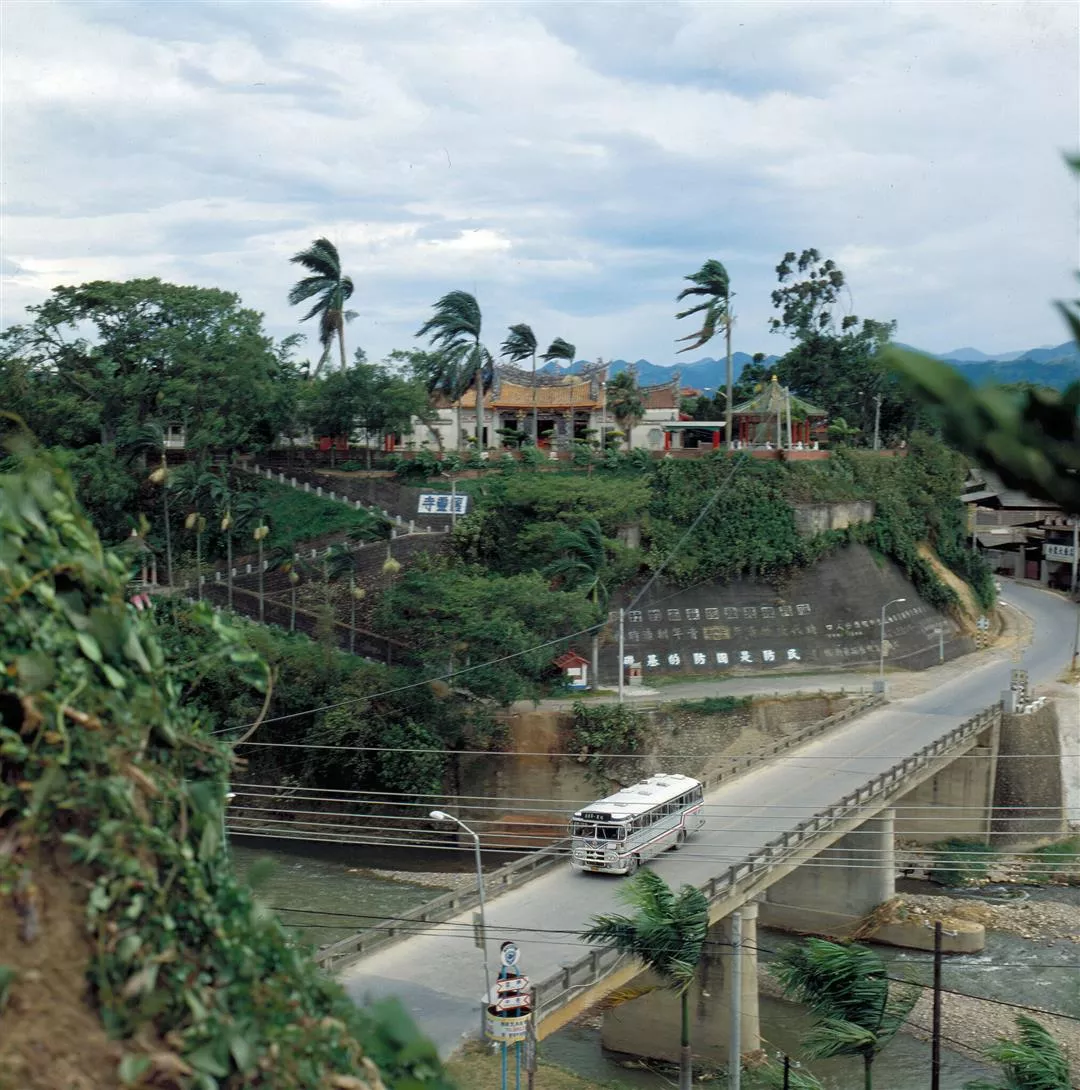
Hsingling Mosque is one of the many relics in Puli.
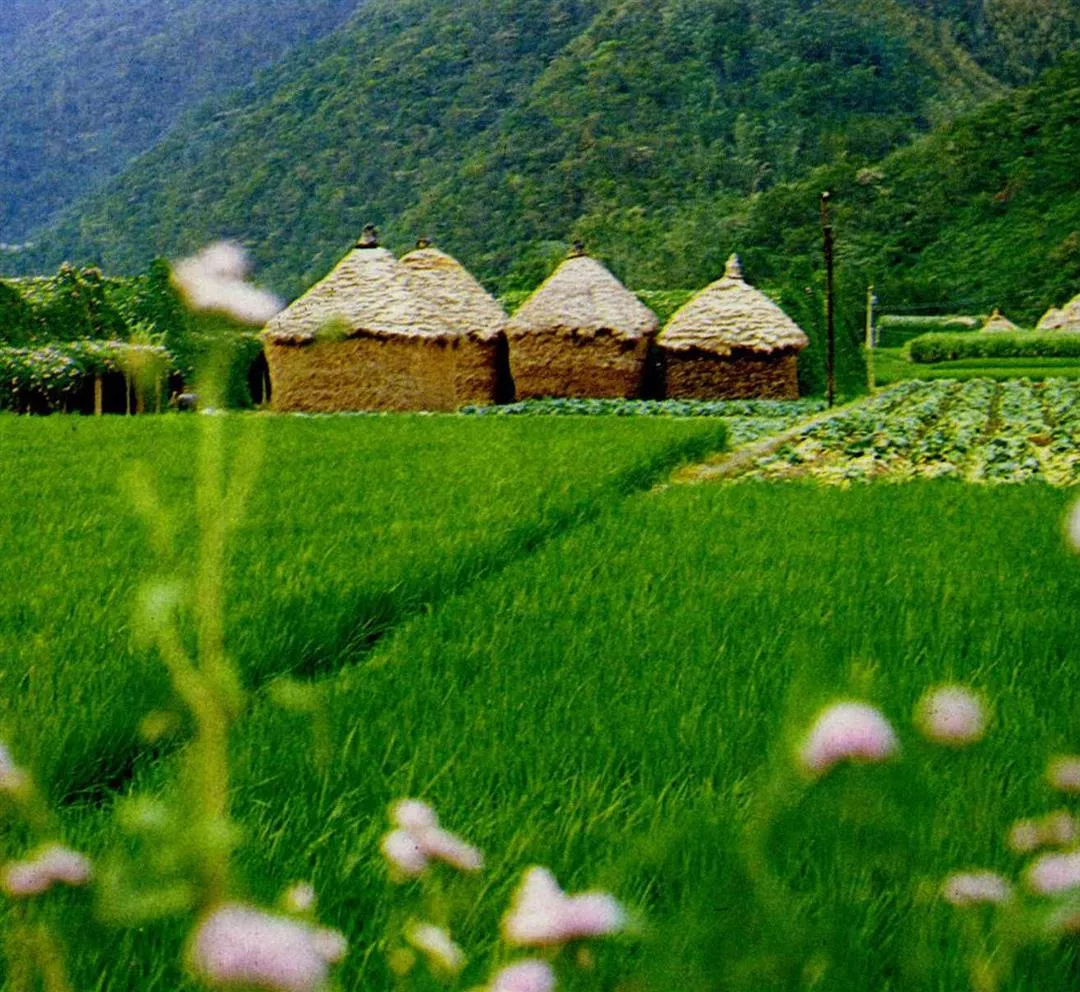
Straw stacks in rice fields and geese swimming in small ponds are common scenes in Puli.
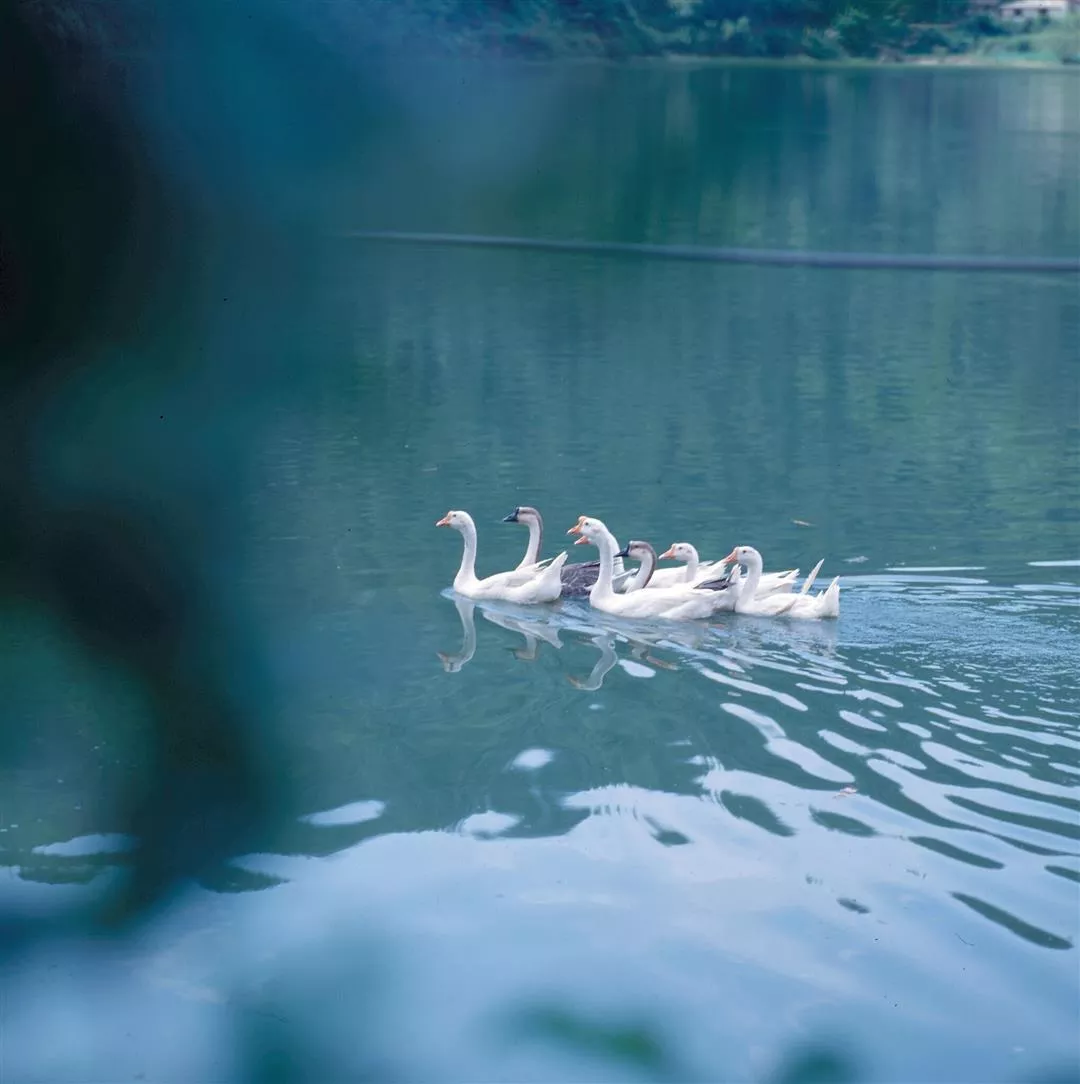
Straw stacks in rice fields and geese swimming in small ponds are common scenes in Puli.

Ducks are raised by farmers under the Ailan Bridge.
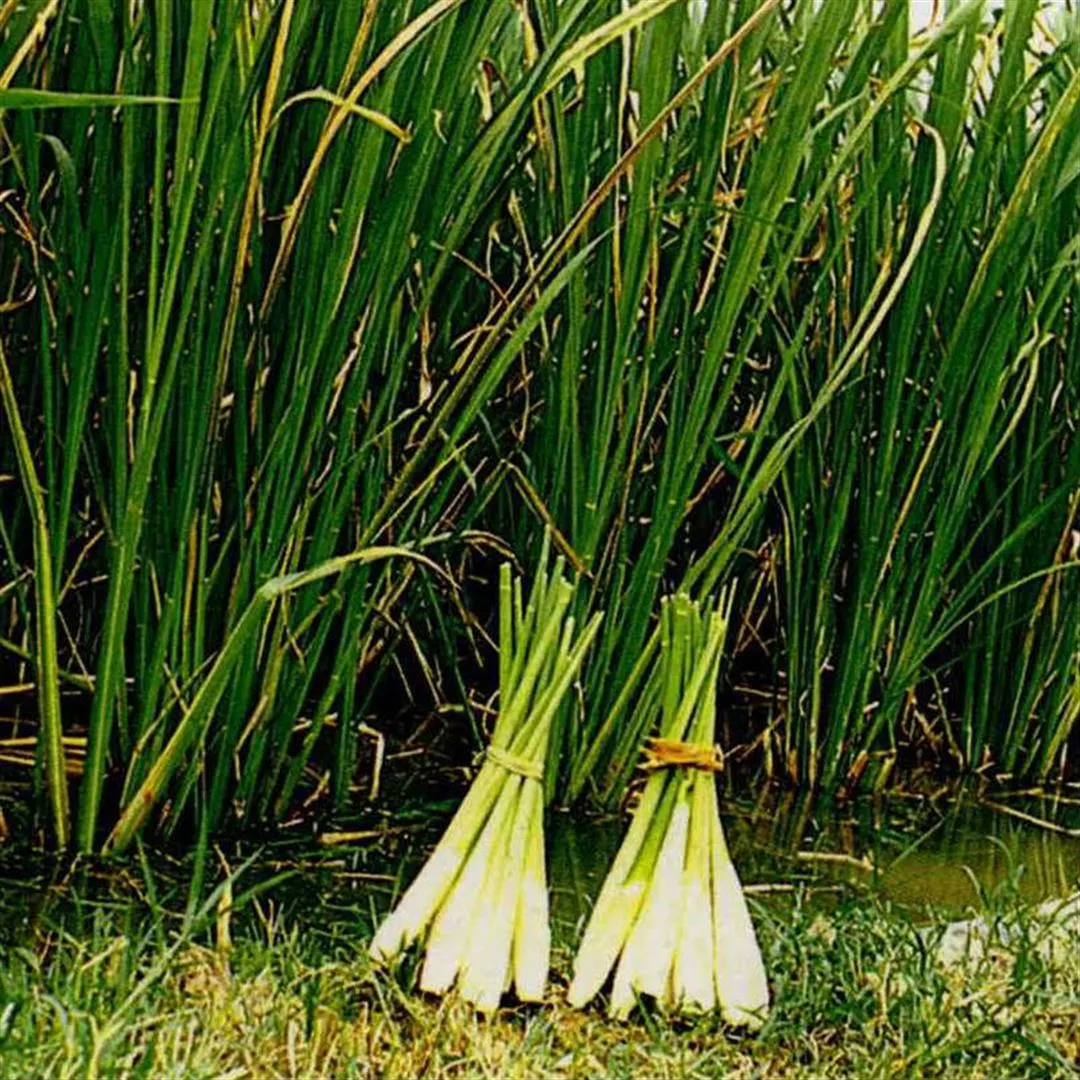
A mild climate and fertile soil are the main reasons for abundant agricultural production in the Puli area. Water asparagus and sugar cane, as pictured here, are among the main crops.

A mild climate and fertile soil are the main reasons for abundant agricultural production in the Puli area. Water asparagus and sugar cane, as pictured here, are among the main crops.

Flower cultivation is a new business in Puli. Nurseries are equipped with automatic sprayers.
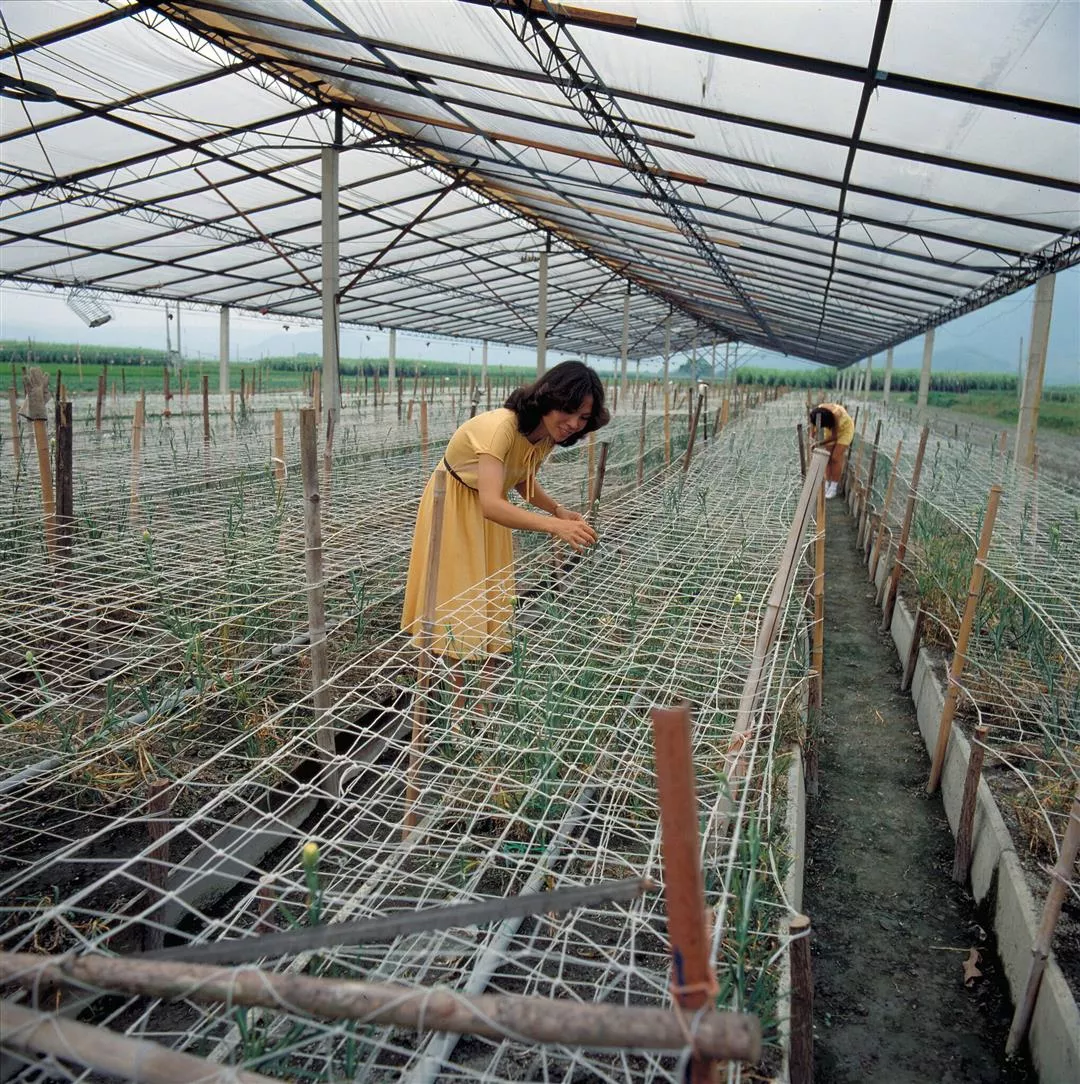
Carnation and rose nurseries.

Carnation and rose nurseries.
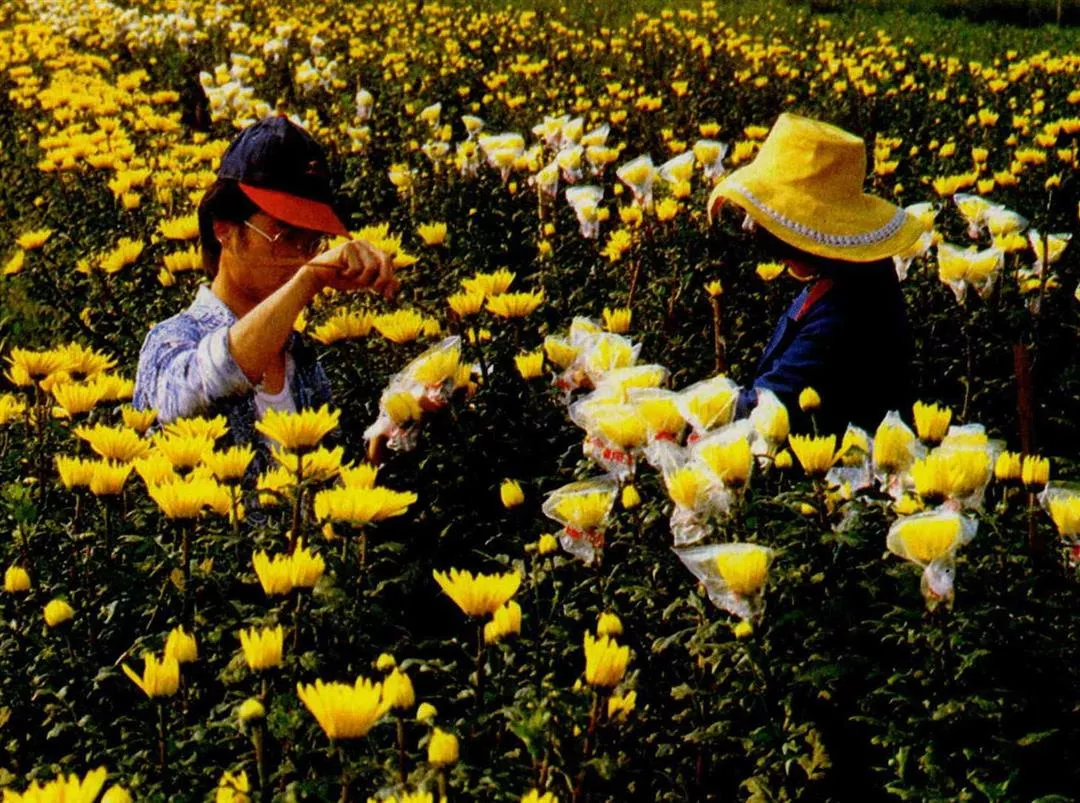
With their wide range of colors and large blooms, Puli's chrysanthemums are popular both within Taiwan and overseas.

Puli's rice noodles are as popular as those produced in Hsinchu.
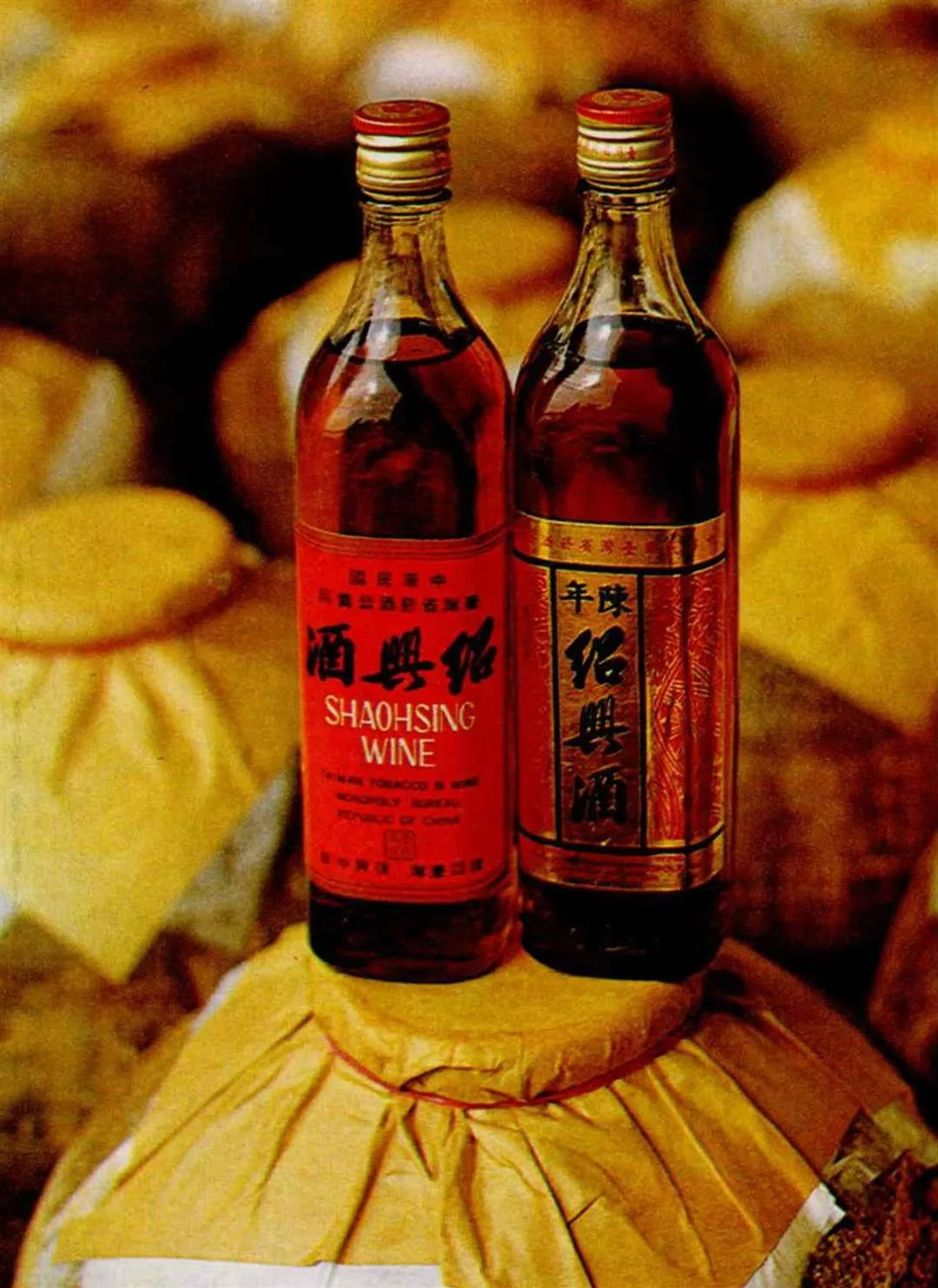
Shaohsing wine is one of the specialties of Puli.

High quality paper used for Chinese painting and calligraphic work, is exported to Japan and Southeast Asian countries.

High quality paper used for Chinese painting and calligraphic work, is exported to Japan and Southeast Asian countries.
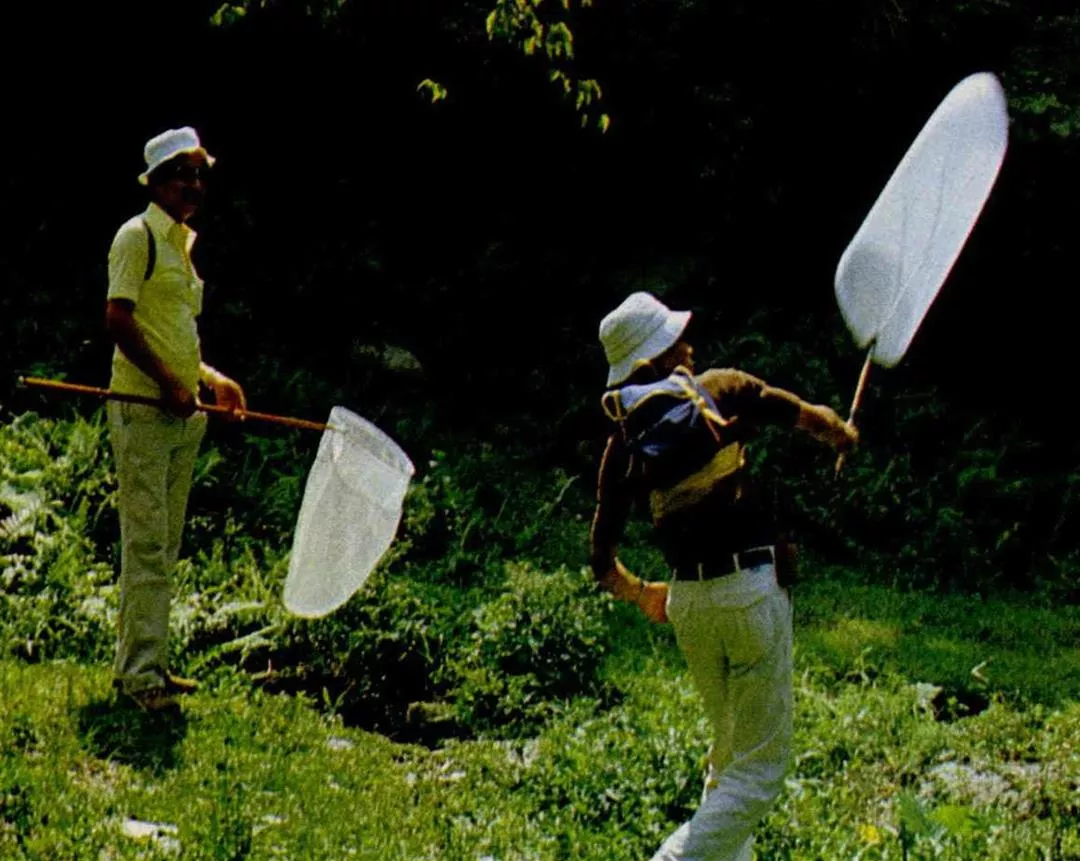
Colorful butterflies are another speciality of Puli.
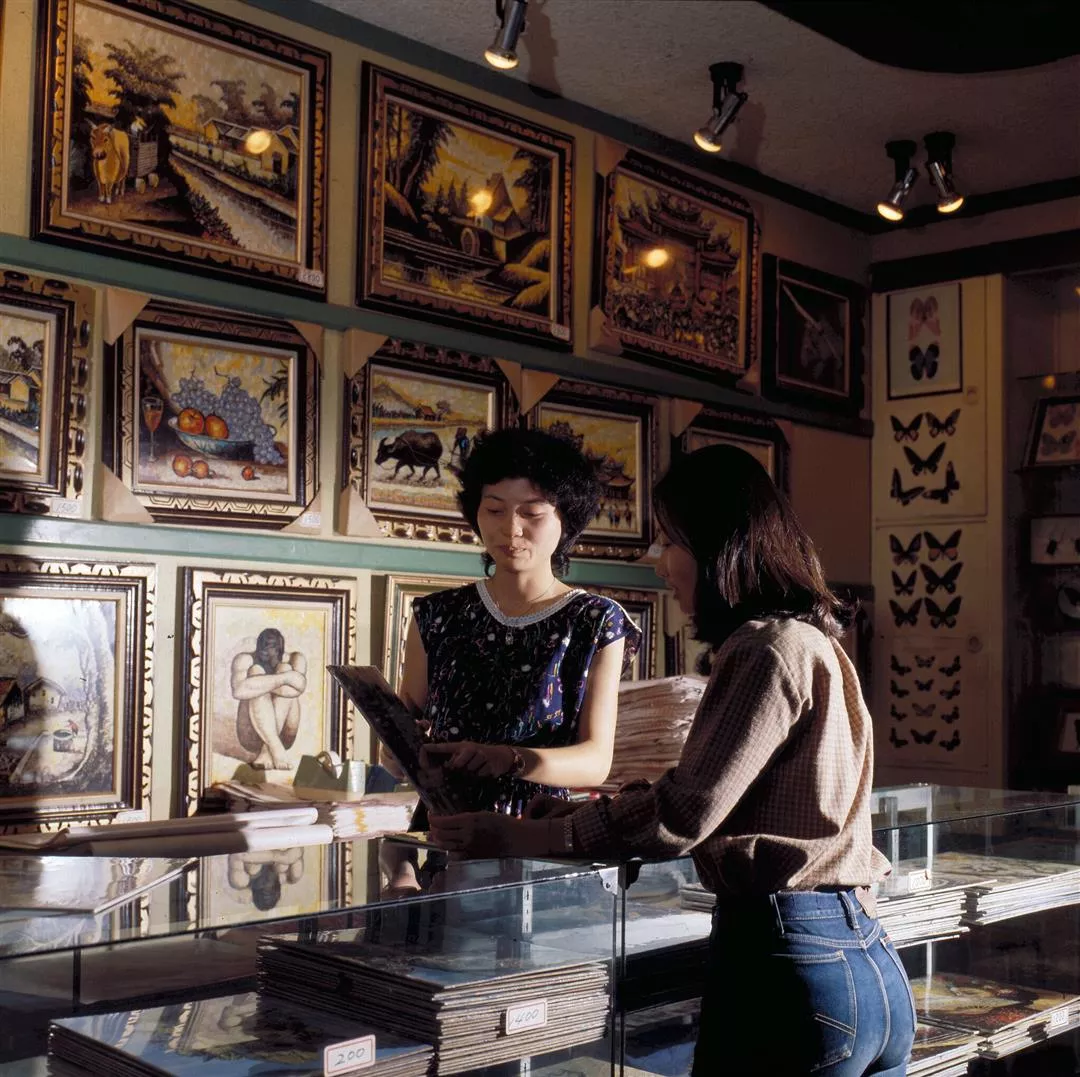
Butterfly exhibition shop.

Puli after Taiwan was recovered.

Today's Puli, fully commercialized and industrialized.

A modern farmhouse is indicative of the farmers' improvement in rural living standards.

Puli boasts the only stainless steel swimming pool in Taiwan.
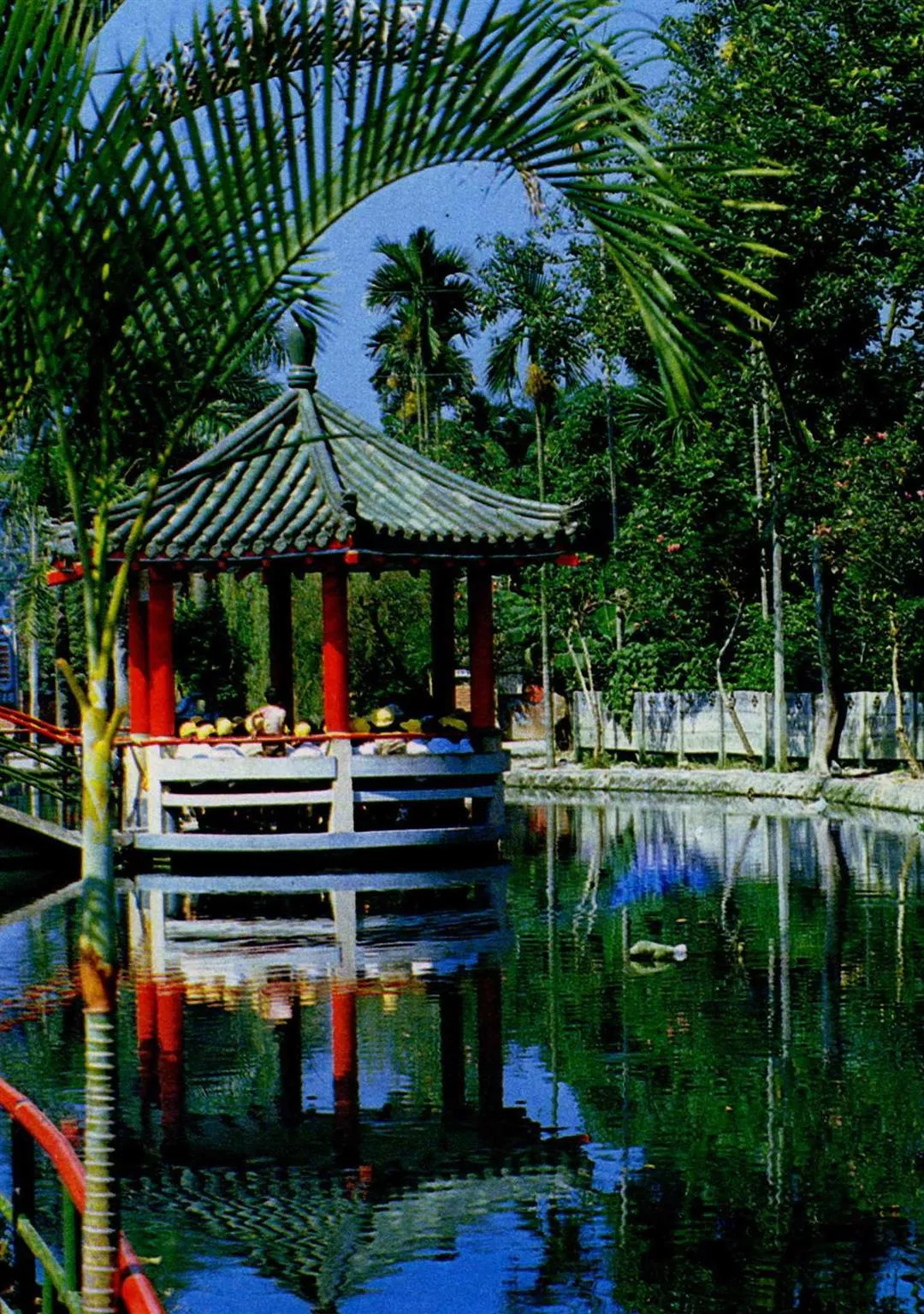
The small community park in Puli is a favorite place for relaxation.

The town authorities are planning to establish an old people's club under the Taiwan maple trees in Puli.

The oldest maple tree in Taiwan.
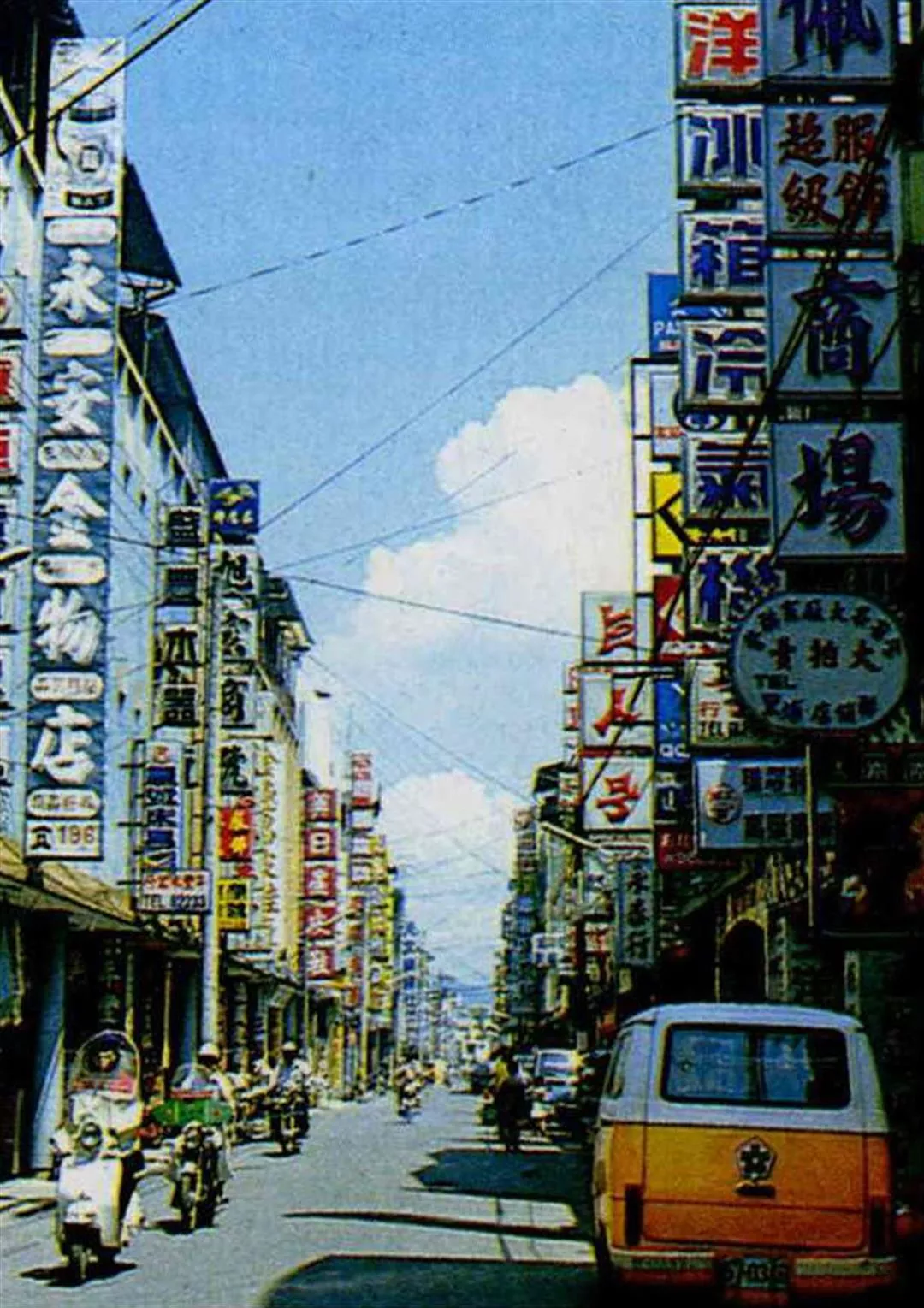
Puli before Taiwan was recovered.

Puli after Taiwan was recovered.

Today's Puli, fully commercialized and industrialized.
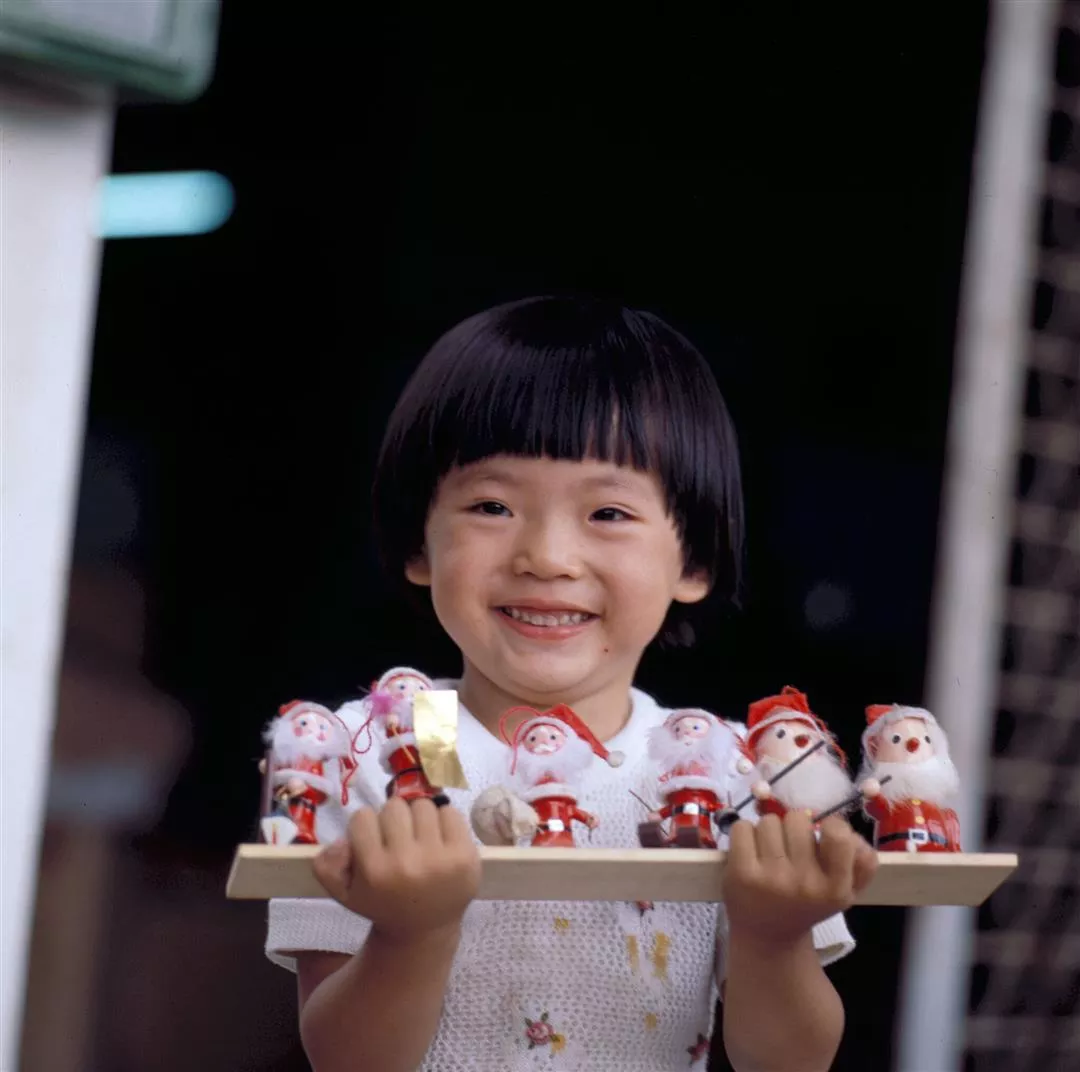
Housewives use their leisure time to make handicrafts. Wooden dolls are exported to the United States and European countries.

Semi finished products ready for painting.
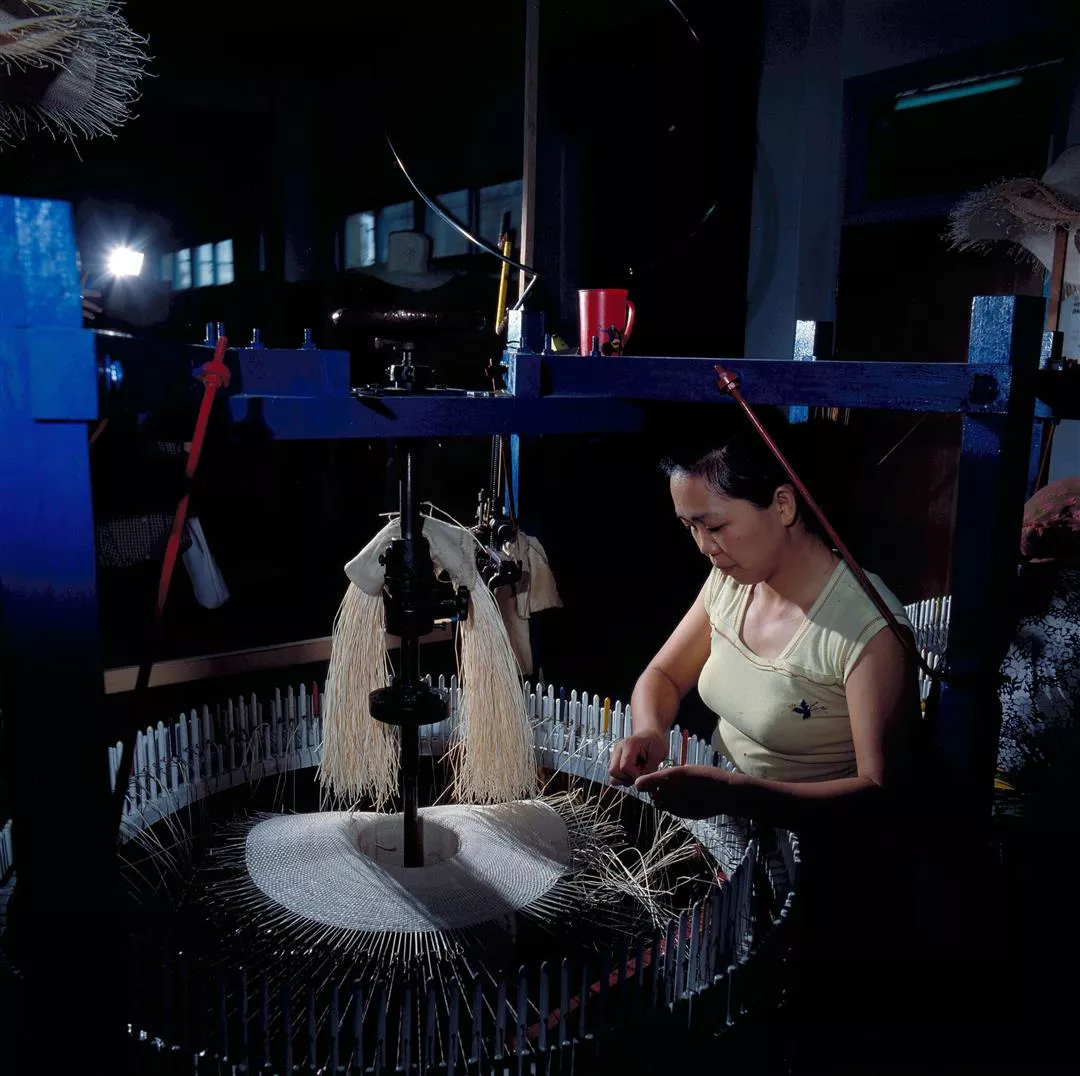
Hats are made by machine.